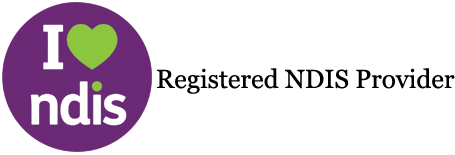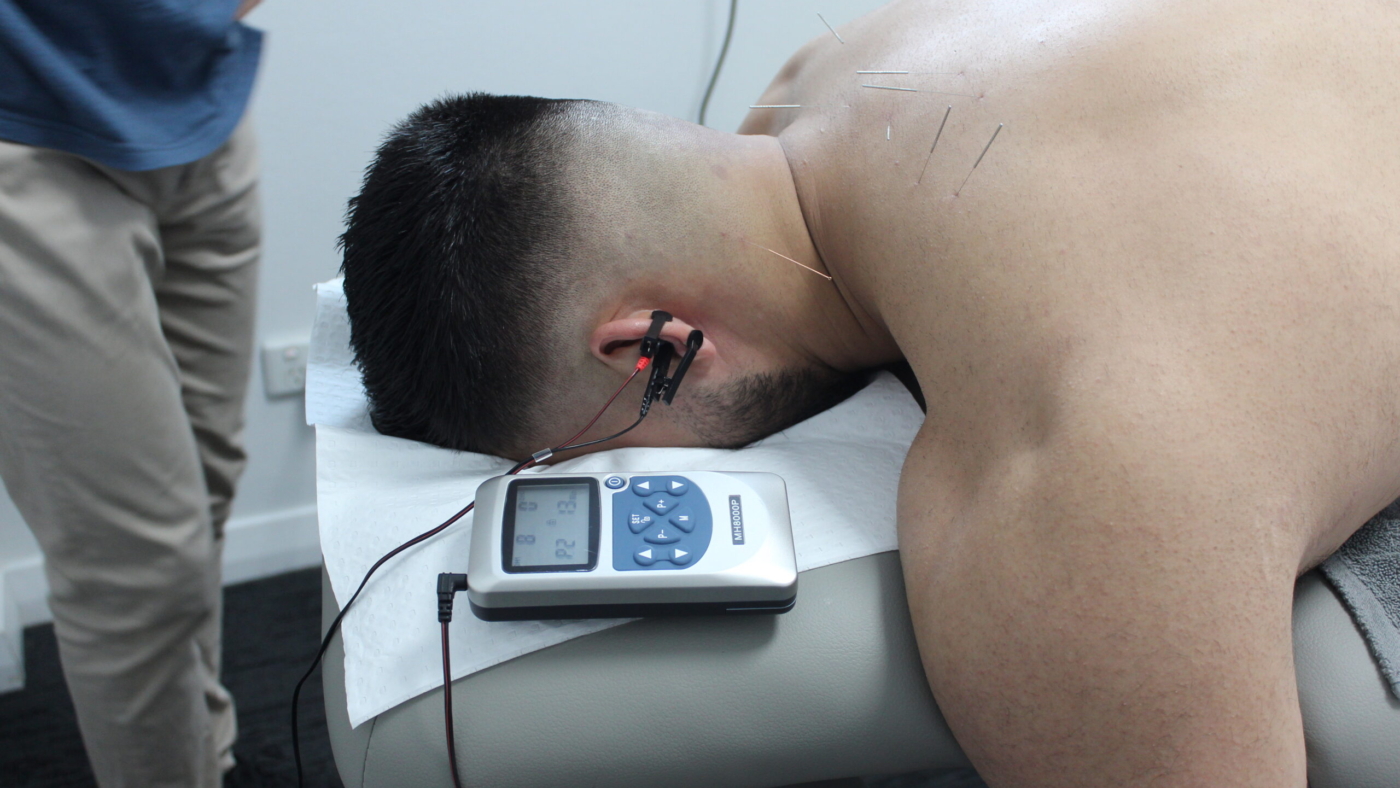When we think of acupuncture, some images that may pop up in our heads are needles sticking out of the skin and being inserted into various points along the body. What many don’t know is that there are actually two different types of acupuncture: dry needling and traditional acupuncture. In this article, we’ll break down the difference between dry needling and traditional acupuncture, as well as some information about both that you might not have known before!
What is Acupuncture?
Acupuncture is a traditional Chinese medicine technique that involves inserting thin needles into the skin at specific points on the body. It is said to promote healing by restoring balance and harmony within the body. Acupuncture is often used to treat pain, but it can also be used to treat other conditions such as anxiety, digestive issues, and headaches.
What is Dry Needling?
Dry needling is a type of acupuncture that uses thin needles to penetrate the skin at specific points on the body. This form of acupuncture is said to be effective in treating pain, muscle spasms, and other conditions.
The Differences Between the Two Types of Acupuncture
Acupuncture and dry needling are two popular treatments for pain relief, but what’s the difference between the two?
Acupuncture is a traditional Chinese medicine practice that involves inserting thin needles into the skin at specific points on the body. This is said to help improve the flow of energy or qi in the body and relieve pain.
Dry needling, on the other hand, is a more modern approach that uses thin needles to target trigger points in the muscles. This is said to help release muscle tension and improve blood flow.
So, which one is right for you? The answer may depend on your individual needs and preferences. If you’re looking for a more traditional approach to pain relief, acupuncture may be a good option for you. If you’re looking for a more targeted approach, dry needling may be a better choice.
Speak with your doctor or a trained acupuncturist to learn more about these two types of acupuncture and find out which one may be right for you.
How to Choose the Right Type
There are two main types of dry needling: intramuscular stimulation (IMS) and trigger point dry needling (TDN). IMS is a type of dry needling that uses very thin needles to stimulate the muscles and nerves. TDN is a type of dry needling that uses thicker needles to target the trigger points in the muscles.
So, how do you know which type of dry needling is right for you? If you’re not sure, it’s best to consult with a trained professional. They will be able to assess your individual needs and recommend the best course of treatment.
Techniques and Treatment Types
There are a variety of techniques that can be used for dry needling and acupuncture. The most common is the insertion of needles into the skin. However, there are other methods that can be used, such as electrical stimulation or lasers.
Dry needling is most often used to treat muscle pain, while acupuncture is more often used to treat pain in the joints or nerves. However, both techniques can be used to treat a variety of conditions.
If you’re considering either dry needling or acupuncture, it’s important to consult with a qualified practitioner to determine which technique is right for you.
Common Conditions Treated with Acupuncture or Dry Needling
There are many common conditions that can be effectively treated with either acupuncture or dry needling. These include pain in the muscles and joints, headaches, and digestive problems. In addition, both modalities can be used to help improve sleep and reduce stress.
Acupuncture and dry needling can also be used to address more specific issues such as fertility problems, carpal tunnel syndrome, and TMJ. If you have a condition that you think could benefit from either of these treatments, be sure to consult with a qualified practitioner to see if it is right for you.
Conclusion
The main difference between dry needling and acupuncture is that dry needling is a form of Western medicine, while acupuncture is a form of Eastern medicine. Dry needling involves inserting thin needles into the muscles to relieve pain, while acupuncture involves inserting thin needles into the skin at specific points to relieve pain. Both methods can be effective for treating pain, but it is important to consult with a healthcare professional to determine which method is right for you.
How much are your services?
Our prices our listed on our website for your convenience
What other services do you offer?
How do I book an appointment ?
Call : 9791 9599
Email : [email protected]

